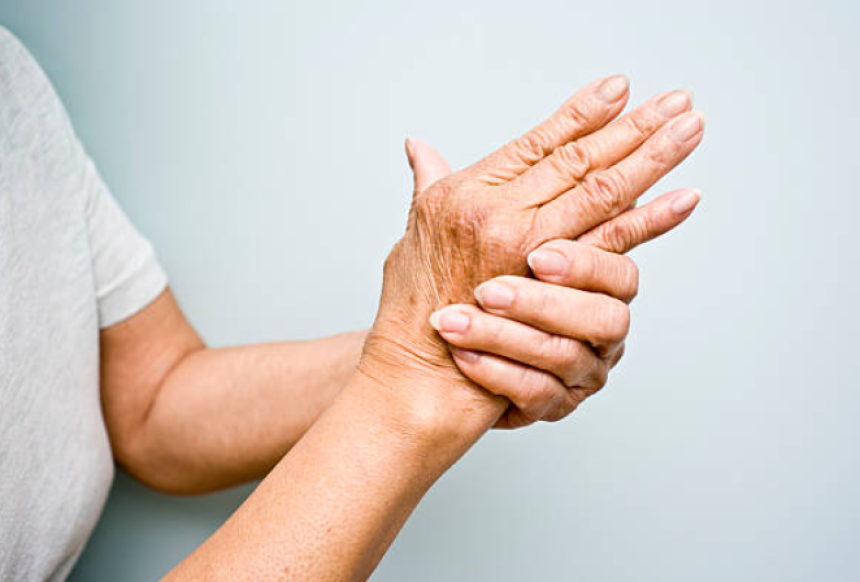
5 Exercises for Rheumatoid Arthritis Relief
Rheumatoid arthritis (RA) is a chronic autoimmune disease that causes inflammation, pain, and stiffness in the joints.
While medication is essential for managing RA, incorporating regular exercise can significantly improve joint function, reduce pain, and enhance overall quality of life. Here are five exercises specifically designed to provide relief for those with rheumatoid arthritis.
More Details : What Is The Rheumatoid Arthritis
1. Low-Impact Aerobic Exercises
1.1. Walking
Walking is a simple and effective aerobic exercise that helps maintain joint flexibility, improve cardiovascular health, and boost overall endurance. Aim for a brisk walk for at least 30 minutes most days of the week. Ensure you wear supportive shoes and walk on even surfaces to reduce strain on the joints.
1.2. Swimming
Swimming and water aerobics are excellent low-impact exercises that provide a full-body workout without putting stress on the joints. The buoyancy of the water supports your body, reducing the impact on your knees, hips, and spine while allowing you to perform a range of motion exercises.
2. Strength Training
2.1. Resistance Bands
Using resistance bands is a gentle way to strengthen muscles around the joints, which can help reduce the burden on the joints themselves. Start with light resistance and gradually increase as your strength improves. Focus on major muscle groups such as the legs, arms, and core.
2.2. Light Weights
Strength training with light weights can build muscle mass and improve joint stability. Use light dumbbells or household items like water bottles to perform exercises such as bicep curls, tricep extensions, and leg lifts. Aim for two to three sessions per week, with a day of rest in between.
3. Flexibility and Stretching Exercises
3.1. Yoga
Yoga combines gentle stretching, strengthening, and relaxation techniques that can help improve flexibility and reduce RA symptoms. Poses such as the Child’s Pose, Cat-Cow Stretch, and Warrior Pose can be particularly beneficial. Practice yoga under the guidance of an instructor who is familiar with RA.
3.2. Tai Chi
Tai Chi is a form of martial arts that focuses on slow, controlled movements and deep breathing. It helps improve balance, flexibility, and muscle strength while reducing stress. Tai Chi can be easily modified to accommodate different fitness levels and joint conditions.
4. Range of Motion Exercises
4.1. Finger Stretches
RA often affects the small joints in the hands, making finger stretches essential. Simple exercises like making a fist, then extending the fingers straight, or touching each finger to the thumb can help maintain flexibility and reduce stiffness.
4.2. Shoulder Rolls
To maintain shoulder mobility, perform shoulder rolls by lifting your shoulders towards your ears, then rolling them back and down. Repeat this motion several times in both directions. This exercise helps alleviate stiffness and improves shoulder flexibility.
5. Balance and Coordination Exercises
5.1. Standing on One Leg
Improving balance can help prevent falls and enhance stability. Practice standing on one leg while holding onto a chair or wall for support. Gradually increase the time you can balance on one leg, and try to perform this exercise for both legs.
5.2. Heel-to-Toe Walk
To improve coordination and balance, practice walking in a straight line by placing the heel of one foot directly in front of the toes of the other foot. This exercise helps enhance coordination and can be done anywhere.
Tips for Exercising with Rheumatoid Arthritis
5.1. Warm-Up and Cool Down
Always begin with a warm-up to prepare your joints and muscles for exercise and end with a cool-down to help your body recover. Gentle stretching or a slow walk can serve as effective warm-up and cool-down activities.
5.2. Listen to Your Body
Pay attention to how your body responds to exercise. It’s normal to feel some discomfort, but if you experience sharp pain or significant swelling, stop the activity and consult your healthcare provider.
5.3. Stay Consistent
Consistency is key to reaping the benefits of exercise. Aim for regular exercise sessions throughout the week and make it a part of your daily routine.
5.4. Modify Exercises as Needed
Modify exercises to suit your comfort level and joint condition. Use supportive devices or adapt movements to reduce stress on affected joints.
5.5. Seek Professional Guidance
Consult with a physical therapist or healthcare provider to create a personalized exercise plan that meets your specific needs and abilities.
Conclusion
Incorporating these five exercises into your routine can help manage rheumatoid arthritis symptoms, improve joint function, and enhance overall well-being. Remember to start slowly, listen to your body, and seek professional guidance to ensure you’re exercising safely and effectively. Regular physical activity, combined with medical treatment, can make a significant difference in managing RA and maintaining a better quality of life.




